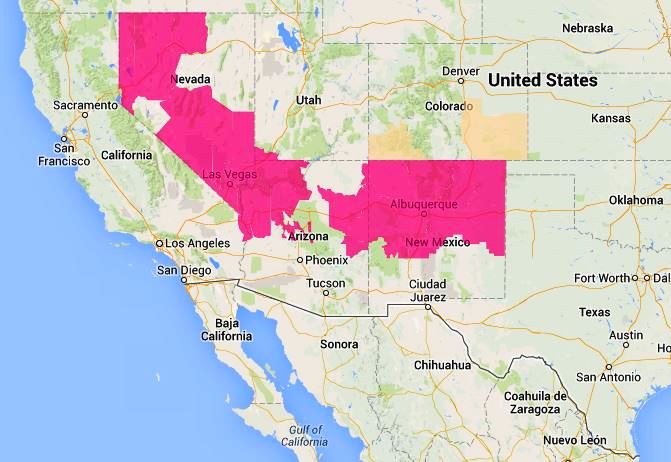Today we are beginning what could be a recurring feature on Wildfire Today. Chip Redmond, a qualified Incident Meteorologist, has written a fire weather outlook for August 5 through 10. Tomorrow we will have his description of what is considered typical fire weather in the month of August, along with a general outlook for the rest of this month.
Here is a short bio for Chris, and below that is his forecast.
Chip Redmond has studied meteorology extensively, obtaining both a Bachelors and Masters degree in Atmospheric Science. His knowledge of weather was then combined with wildland fire in 2012 through a wildfire meteorology course, where he obtained a passion for the specialized niche. Since then, he has served as an IMET with the state of South Dakota, working on the fire line and with an incident management team. From these experiences, he believes that nothing is more beneficial than making a forecast, and subsequently watching your forecast either verify or completely blow while working on the fire line. Current endeavors have taken him to Kansas, where he works with the state climate office and state-wide weather station network. During this phase in his career, he remains thoroughly embedded in fire weather forecasting and hopes to combine these experiences in the future.
****
August 5 – 10 Fire Weather Discussion
Extreme fire weather conditions have been somewhat hampered due to abundant moisture streaming northward across much of the western US. This has helped relieve some large fires that have developed, especially across CA/OR. Improving conditions are linked to the lack of dry thunderstorm activity, and increased moisture across the region. The large upper level ridge that has dominated the weather for the western US lately has been modified due to an impinging upper level low centered over California/Great Basin. This upper level low will slowly transition southward through the end of the week. Chances of wet thunderstorms will exit eastward across the Rockies and into the central Plains, with some lingering across northern CA into south ID into the weekend. With no upper level forcing, chances of thunderstorms will be restricted to terrain flows near high peaks, and no widespread lightning episodes expected.
Winds will be generally light across the western US with no significant events expected the next 4-5 days. However, some areas of localized influences on the western slopes of the Cascades in OR/WA may see combinations of westerly winds 15-20mph and RHs below 15%-borderline Red Flag conditions. A shortwave will push southeast into the Pacific Northwest over the weekend increasing thunderstorm chances possibly both dry and wet. Despite these chances, drought conditions expected to persist with below normal rainfall and above normal temperatures the next 7 days. Heat and dry conditions are expected to re-amplify early next week as the persistent pattern attempts to build back into the region.
Weather highlights for Wednesday through Sunday:
CA: Persistent higher elevation showers/thunderstorms across north and east CA through Saturday. Drying out south with heat returning.
OR/WA: Persistent breezy westerly winds and dry conditions Wed, Thurs, & Fri will create near Red Flag conditions across western slopes of Cascades and central OR/WA. Dry through the week with scattered wet/dry thunderstorms Saturday.
ID/WY/MT: Periods of wet thunderstorms especially across east ID, south MT, and WY.
Chip












